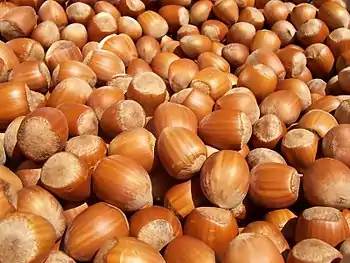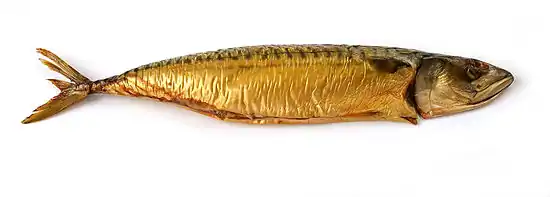Portal:Food/Selected picture
|
These are the pictures that are featured on the Food portal main page. Please follow the usage instructions listed below when placing a new picture here. |
Selected content:
Selected content tools:
|
Usage
| |
Selected picture 1
Portal:Food/Selected picture/1

Selected picture 2
Portal:Food/Selected picture/2
Selected picture 3
Portal:Food/Selected picture/3

Selected picture 4
Portal:Food/Selected picture/4

Selected picture 5
Portal:Food/Selected picture/5

Selected picture 6
Portal:Food/Selected picture/6

Selected picture 7
Selected picture 9
Selected picture 10
Selected picture 13
Selected picture 14
Selected picture 15
Selected picture 16
Selected picture 18
Portal:Food/Selected picture/18

Selected picture 19
Portal:Food/Selected picture/19
Selected picture 20
Portal:Food/Selected picture/20
Selected picture 21
Portal:Food/Selected picture/21

Selected picture 22
Portal:Food/Selected picture/22

Selected picture 23
Portal:Food/Selected picture/23

Selected picture 24
Portal:Food/Selected picture/24

Selected picture 25
Portal:Food/Selected picture/25

Selected picture 26
Selected picture 27
Selected picture 28
Portal:Food/Selected picture/28
Selected picture 30
Selected picture 31
Portal:Food/Selected picture/31

Selected picture 32
Selected picture 33
Selected picture 34
Selected picture 35
Portal:Food/Selected picture/35

Selected picture 38
Selected picture 39
Portal:Food/Selected picture/39

Selected picture 40
Portal:Food/Selected picture/40

Selected picture 41
Portal:Food/Selected picture/41
_white_bg.jpg.webp)
Selected picture 42
Portal:Food/Selected picture/42

Selected picture 43
Portal:Food/Selected picture/43

Selected picture 44
Portal:Food/Selected picture/44

Selected picture 45
Portal:Food/Selected picture/45

Selected picture 47
Portal:Food/Selected picture/47

Selected picture 48
Portal:Food/Selected picture/48








_1_Luc_Viatour.jpg.webp)












.jpg.webp)




